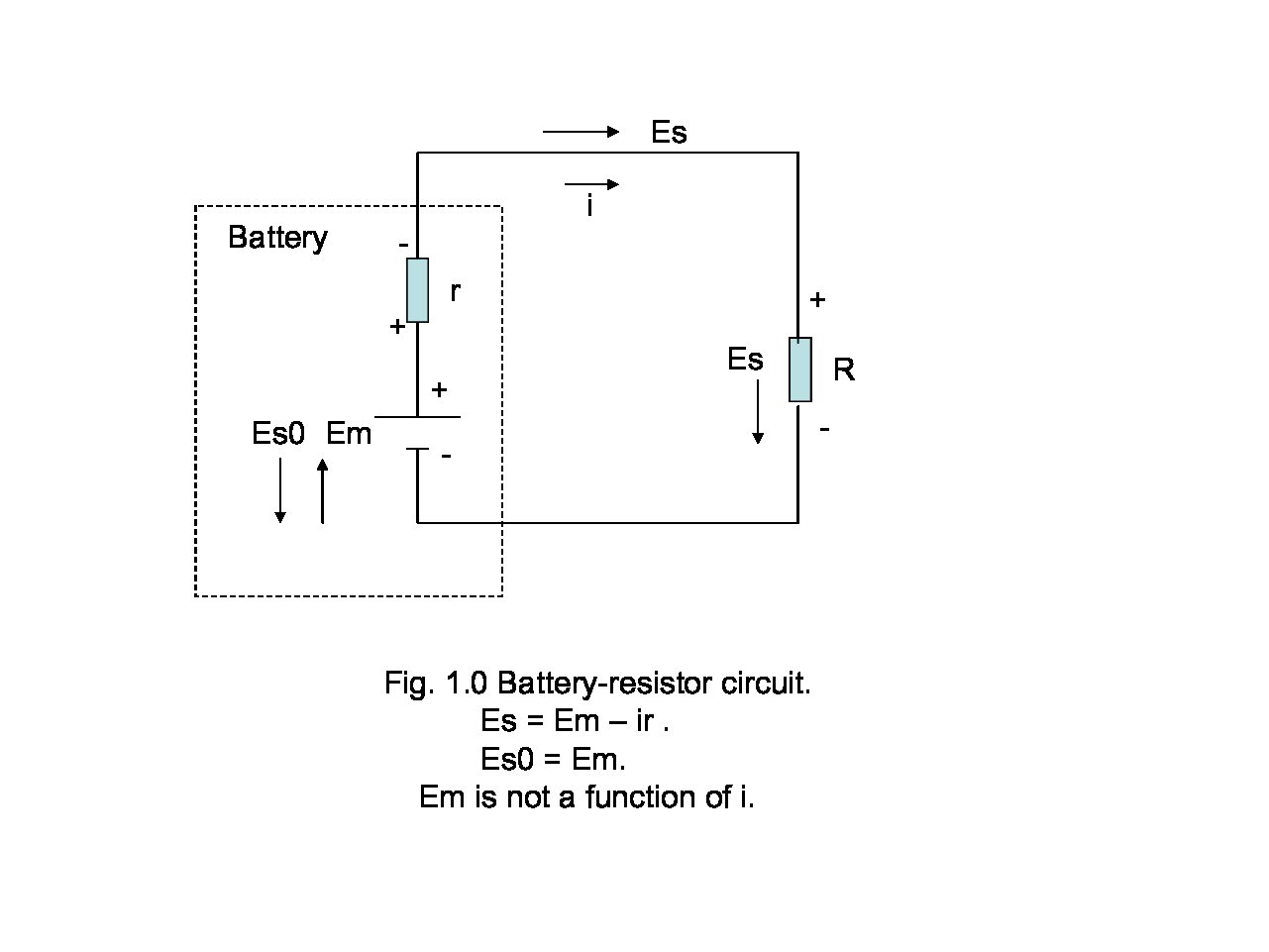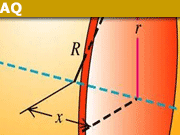Learn the Physics of Hand-to-Hand Combat
Table of Contents
Physics of Hand-to-Hand Combat Key Points
- Martial arts effectively use principles of physics to achieve goals quickly and forcefully.
- Athletic intelligence enables humans to adapt to the physical laws of nature quickly.
- The most successful styles used by military forces rely heavily on physics.
- Acceleration, force, momentum, and energy are integral to martial arts.
- Jiu–Jitsu and Muy Thai Kickboxing are the most successful fighting styles.
- Jiu–Jitsu works by applying techniques through leverage.
- Kickboxing uses fast and powerful knee and elbow strikes.
- Strike first, fast, and repeatedly to win a fight.
What is Hand to Hand Combat
Hand-to-hand combat, often abbreviated as H2H or HTH, refers to physical combat or fighting at very close quarters, typically involving unarmed combatants. In hand-to-hand combat, individuals use their bodies, limbs, and physical techniques to engage in physical combat without the use of weapons.
Key characteristics of hand-to-hand combat include:
- Unarmed Combat: Hand-to-hand combat involves combatants using their bodies as weapons or tools. They may use techniques such as punches, kicks, knee strikes, elbow strikes, grappling, holds, throws, and joint locks.
- Close Quarters: Hand-to-hand combat occurs nearby, where combatants are within arm’s reach of each other. This can take place in various environments, including military combat, self-defense situations, martial arts competitions, or training exercises.
- Technique and Skill: Successful hand-to-hand combat relies on training, technique, and skill. Combatants often undergo specialized training in martial arts, self-defense, or military combat techniques to effectively engage in hand-to-hand combat.
- Self-Defense: Hand-to-hand combat skills are essential for self-defense and personal protection. Many people learn self-defense techniques to protect themselves in dangerous situations.
- Martial Arts: Various martial arts disciplines, such as karate, judo, Brazilian jiu-jitsu, boxing, and taekwondo, focus on teaching hand-to-hand combat skills. These martial arts often emphasize discipline, control, and respect in addition to combat techniques.
- Military Training: Hand-to-hand combat training is a component of military training for armed forces around the world. Soldiers are taught techniques for close combat situations when firearms or other weapons are not available or practical.
- Sports and Competitions: Hand-to-hand combat is also a feature of combat sports and martial arts competitions. These sports include boxing, mixed martial arts (MMA), wrestling, and others, where participants engage in controlled combat with rules and regulations.
Hand-to-hand combat is a fundamental aspect of self-defense, military training, martial arts, and combat sports. It requires physical fitness, discipline, and the ability to react effectively in high-stress situations. Training in hand-to-hand combat can help individuals defend themselves, gain confidence, and improve physical fitness.
Hand-to-Hand Combat History
Civilizations wax and wane but principles of physics remain steadfast. The most effective techniques from martial arts are ones that effectively dole out principles of physics, quickly, forcefully, and with a will to achieve a goal.
Some are born with an innate ability to understand physics through their bodies ‘ impulses and responses. This is known as athletic intelligence, the efficiency at which the neuronal system of a human acclimates to laws of nature most efficiently to achieve a goal through repetitive movement.
For those who are not born with innately sensitive processors in the realm of athletics, we can steadily increase our performance in martial arts by learning the parameters in which we can work and then streamlining our technique until our neuronal system compensates in speed and control. Mind you that all martial arts rely heavily on physics whether you are dealing with striking arts such as Western Boxing, Tae Kwon Do, and all styles of Kung Fu. Some are exclusively grappling arts such as Judo, Wrestling, or Jiu-Jitsu (Brazilian and Japanese). Some martial arts are a hybrid of both striking and grappling arts such as Hapkido and some modified forms of Kung Fu.
The most successful styles used by today’s elite military forces (a good place to look to learn what works and what doesn’t) incorporate the laws of physics better than any other system the public has access to. This does not mean these forces know the laws of physics better than we do, but it means they have found shortcuts through trial and error in the deliverance of a technique.
The basics of applying any successful technique, striking or otherwise can be broken down into a few factors.
Acceleration
Without acceleration, there is little to no power. In all martial arts, the speed of technique can determine whether your technique works, misses, or is countered by the opposition.
Acceleration is defined as the change in velocity over the time interval in which it takes place. Therefore, a=v/t ( a =accleration, v =velocity, t =time ). This is the rate at which the velocity changes. Acceleration is measured in m/s^2 or m/s/s ( m =meter, s =second.
Acceleration lends power to either a devastating elbow strike or a joint lock technique such as an armbar. Whether you are striking to make contact or applying a lock instantaneously, you must appreciate the power of acceleration. Acceleration, if honed by practice for control, can become a great equalizer if not an overpowering element of hand-to-hand combat.
Force in Combat
A force is an agent that results in the acceleration or deformation of an object. This agent is evident since you must accelerate your hands, head, elbows, knees, and feet to strike targets on the opponent’s body.
Force is determined by using Newton’s Second Law of Motion which states that the acceleration of a body is directly proportional to the net force and indirectly proportional to the mass. This means that to move a bowling ball, for example, it will take a greater force to accelerate it than to accelerate, say, a golf ball. Also if you place the same amount of force that you used to accelerate the bowling ball on the golf ball, the golf ball will reach a much greater velocity than will the bowling ball. The opposite is also true. If you place the same amount of force on the bowling ball that you did to accelerate the golf ball, the bowling ball will not reach as great a velocity as the golf ball given the same conditions.
The formula used to calculate force is F=ma (F=force, m=mass, a=acceleration) and is expressed in newtons (N). A newton is the amount of force that causes a mass of one kilogram to accelerate at a rate of one meter per second squared. If an object has a net force exerted on it, it will accelerate. Force and acceleration both have direction and size.
Therefore you will want to make sure that over time, you have developed a sense of how much force is being generated by your acceleration to improve upon your acceleration since you can’t do much about your mass.
Momentum in Combat
The momentum of an object is defined as the product of an object’s mass multiplied by its velocity. Momentum is calculated by the equation P=mv, where momentum is represented by “P”. The product of a momentum equation is labeled as kg/m/s, where kg is kilograms (1000 grams), m represents the mass of the object, and s is seconds.
In striking aspects of martial arts, momentum plays a mixture of roles. An effective technique is usually going to be very quick and strong, and as such, you need to generate the maximum velocity allowable by time and space.
To find the momentum of a strike at the point of contact between two bodies of mass, assuming that the collision is inelastic, use the equation: M1V1=(M1M2)V’. In this equation M1 is the mass of the arm or leg of the attacker, V1 is the velocity of the fist or foot at the moment of contact; M2 is the mass of the target, and V’ is the velocity of the fist or foot of the attacker just after the collision takes place. This equation, M1V1=(M1M2)V’, is called the Law of Conservation of Momentum. This law states that the total momentum in a closed, isolated system does not change.
Energy in Combat
Energy also plays an important role in the physics of mortal combat. The more energy your technique possesses the more damage it can do.
Energy can be calculated by using the equation: KE= 1/2mv^2, where m is mass and v is velocity. The kinetic energy is proportional to the mass of the object and is also proportional to the velocity squared. Using this equation we see that if you double your speed, you quadruple your kinetic energy, while if you double your mass (of the arm), you only double your kinetic energy. So by knowing this if you want to create more energy in your punch or kick increase your velocity and not your mass. In other words, rather than working out for months to gain bigger thighs, develop the speed at which a kick is delivered. Work on it slowly until your brain develops a template of your physiology at various timelines in the technique then speed up the technique until it becomes a blur.
Which Martial Art to Pick?
A debate has always raged about which of the vast number of martial arts best utilizes these principles of physics. In the Ultimate Fighting Championship, where all styles are converged against each other, two styles come out on top almost every time, Jiu-Jitsu, and Muy Thai Kickboxing, especially if the fighter is well-learned in both the arts. Jiu-Jitsu is mostly a ground-fighting art. Around 90% of fights end up on the ground, and if you know how to control an opponent on the ground and administer various chokes, arm, leg, wrist, and neck locks, and cranks, you will most likely be able to consistently defeat a larger and stronger opponent. This is because the weight and height advantage disappears once you’ve taken your foe to the ground. Kickboxing is primarily a striking art that is considered very powerful when applied correctly. With Kickboxing and Jiu-Jitsu in your arsenal, you are quite a force to contend with. The United States Military has revamped all of its combat training manuals to be based primarily on Jiu-Jitsu and Muy Thai.
Application of Jiu-Jitsu
Jiu-Jitsu primarily works by applying techniques by leverage. This means that techniques could be applied underwater and even in space where there is no gravity! This is because you are posting off your opponent’s body to apply a technique. For this reason alone, this art is a very solid addition to your repertoire.
Notice how one who was in a position considered to be “losing” has wrapped both his legs around his opponent in the “guard” position and applied a shoulder crank thus allowing the man on the bottom to incapacitate his opponent’s right arm should he choose to, by continuously rotating his lock upwards while locking in his opponent’s body using his legs to pin his opponent’s waist not allowing any escape.
Application of Muy Thai
Kickboxing applies all the aforementioned principles of physics very nicely since knee and elbow strikes are usually applied in a short, devastating manner. Such strikes also come in the form of a jab, a hook, an uppercut, or even a headbutt! Take an elbow strike for example.
The elbow strike here can be downright nasty considering the speed at which it can be delivered as well as the massive force that can be generated by having the elbow’s power come from 1) an upward lifting of the elbow at a dramatic rate using the hips to rotate the elbow upwards 2) or through a downward strike with acceleration generated by the explosive muscle contraction of the deltoids and latissimus dorsi muscle.
A Final Word
The 3 principles to winning a fight in which your health or ultimately your life is in danger are as follows:
1) Strike first
2) Strike fast
3) Strike repeatedly
You cannot do these three things if you don’t willingly ground yourself in principles of physics consciously or otherwise, no matter what art you ultimately choose, if any. The only way to improve is to understand the forces at work by the numbers and then work on increasing the values of those numbers through repetition.
FAQ
What principles of physics are important in martial arts?
The principles of physics that are important in martial arts are acceleration, force, momentum, and energy. Acceleration is the rate at which the velocity changes and force is determined by Newton‘s Second Law of Motion. Momentum is defined as the product of an object‘s mass multiplied by its velocity, and energy is calculated by using the equation KE= 1/2mv^2, where m is mass and v is velocity.
How can I increase my performance in martial arts?
You can increase your performance in martial arts by learning the parameters in which you can work and then streamlining your technique until your neuronal system compensates in speed and control. You can also hone your acceleration by practicing for control, and increase your velocity and energy by focusing on increasing your speed instead of increasing your mass.
What are the most successful styles of martial arts used by today‘s elite military forces?
The most successful styles used by today‘s elite military forces are Jiu–Jitsu and Muy Thai Kickboxing.
I have a BS in Information Sciences from UW-Milwaukee. I’ve helped manage Physics Forums for over 22 years. I enjoy learning and discussing new scientific developments. STEM communication and policy are big interests as well. Currently a Sr. SEO Specialist at Shopify and writer at importsem.com








Leave a Reply
Want to join the discussion?Feel free to contribute!